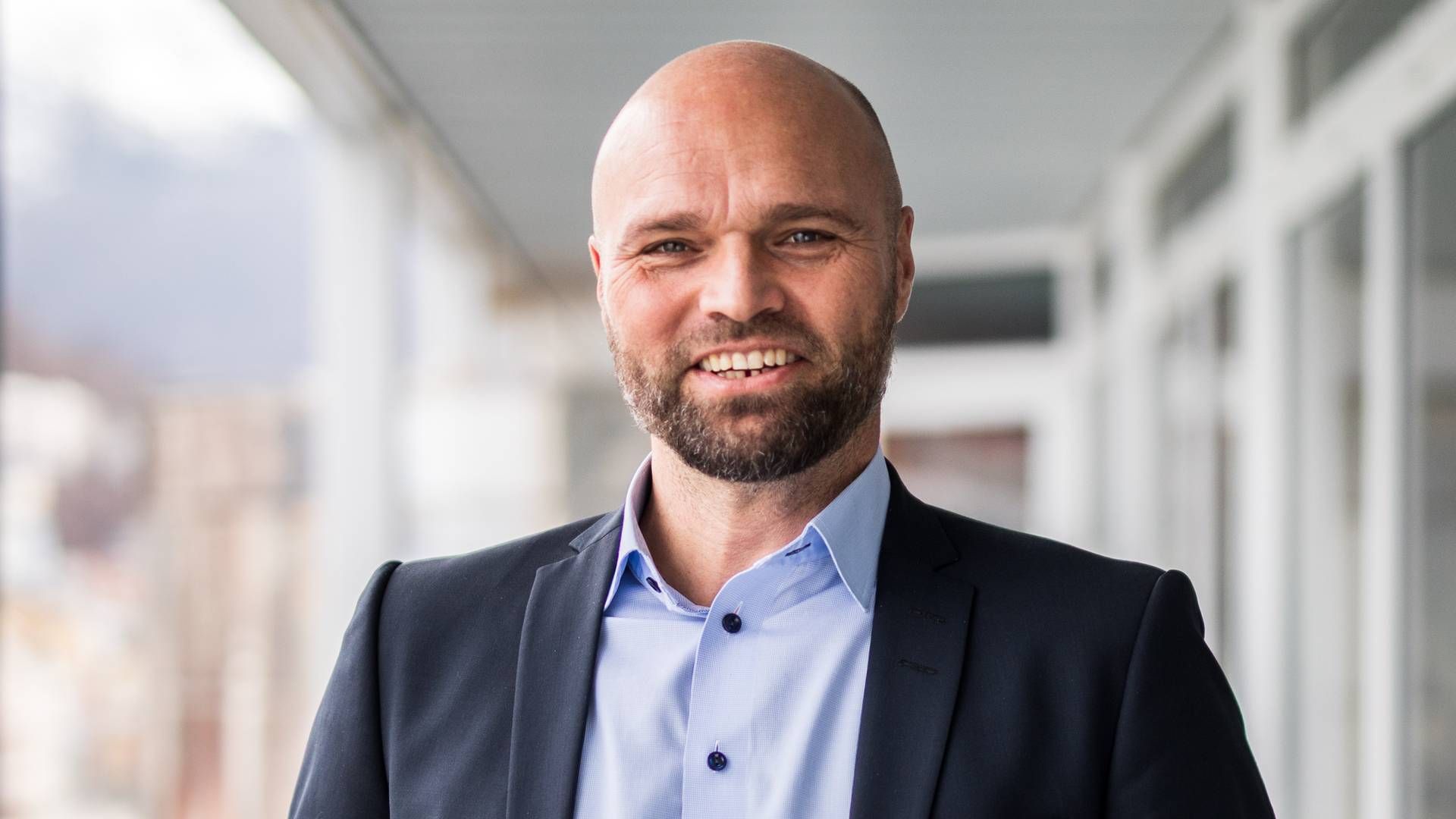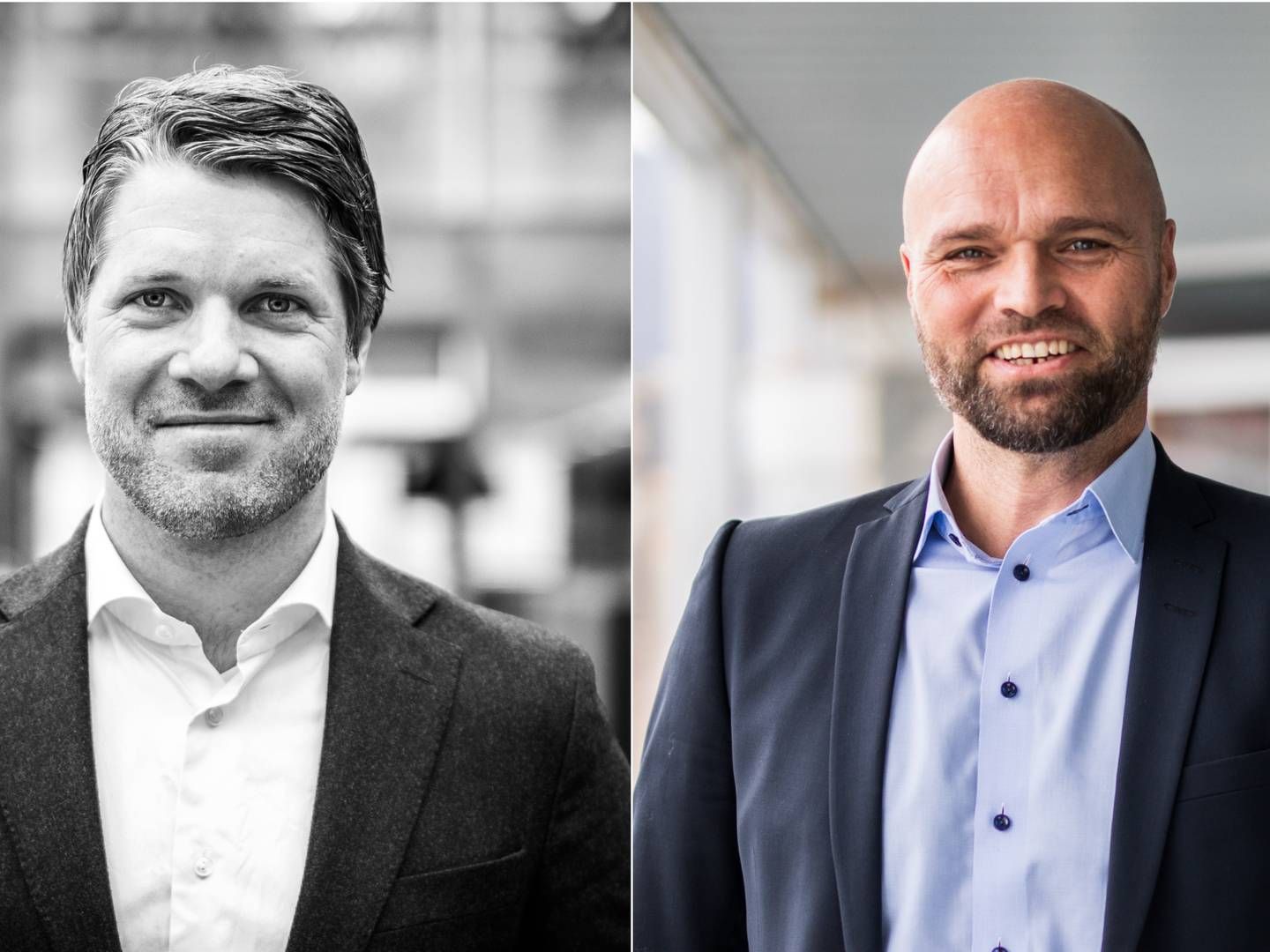Study: Retrofitting to green ammonia will be difficult and costly

It will be very difficult and very expensive to retrofit deep sea vessels to be fueled by green ammonia in the coming years.
Thus concludes the leader of a Norwegian pilot project that has examined the possibility of retrofitting vessels to sail with the alternative fuel.
”Basically, I’m left with a feeling of unease. We want to do it, but I cannot see the necessary initiatives being finalized in order to reach the target,” says Atle Sommer, director at ship management company Grieg Star and project leader of the study under the Norwegian project Grønt Skipfartsprogram (Green Shipping Program).
”That’s our concern, because we really want to,” he tells Shippingwatch.
Sommer estimates that the entire global trade fleet should begin the shift to green fuels in 2030 if the industry is to comply with global climate demands for shipping.
”There is nothing in our study that makes us believe that the fuel will be available in time for widespread usage,” he adds.
Prefers carbon tax
For approximately one year, Norway’s Grieg Maritime Group alongside companies like Yara, G2 Ocean, DNB, and the Norwegian Maritime Authority have looked at the options for retrofitting an Open Hatch bulker vessel to sail on ammonia fuel.
The study has looked at five different challenges: the availability of ammonia, regulation, the actual recondition, ESG concerns and financing, as well operation.
The study shows that the main challenge is regulation.
It points to a lack of predictability within the regulations, and there are next to no insights as to what the regulations will look like in the future.
For instance, the new CII rules, made to reduce vessels’ emissions of CO2, are to be revised already in 2026.
”There is clearly a missing link between the demands we are to uphold and the planning involved in making green energy available, while also making a set of rules that are adequately predictable and support investments,” Sommer remarks.
Grieg Maritime’s VP of technology and decarbonization, Torleif Frimannslund, posits that it would be easier for the industry to handle a tax on CO2 instead of multiple, differing regulations.
”We know that IMO is working on a CO2 tax. We also know that our Norwegian representatives are pushing this agenda. They do a good job at promoting it. I think it’ll be easy to support,” he says.
He points out that it is far more difficult to invest under CII than a carbon tax, because the regulatory framework does not give them enough predictability.
”We need the rules to incentivize reductions and create safety regarding investments. The investments in question are very large,” Frimannlunds adds.
A price of USD 22m
Ahead of the pilot study, the parties already knew that it is possible to retrofit an open hatch bulker.
However, it became apparent that this was much more extensive and complicated than first assumed. Another element of surprise was the costs of such a.
The price tag is USD 22m for the type of retrofitting examined in the project.
That is about half of the vessel’s worth.
By comparison, it costs about half of this to retrofit for LNG fuel, which is the other alternative.
The large expenditures, the lack of fuel availability and the lack of incentives in regulation mean that retrofitting is near impossible.
”You can be a first mover, but the large investments needed, mean that banks aren’t willing. The same is the case for investors. The risk is too far outside projected models of today,” Frimannslund concludes.
English edit: Christian Radich Hoffman
Related articles
Grieg Maritime Group banks big on ammonia
For subscribers



















